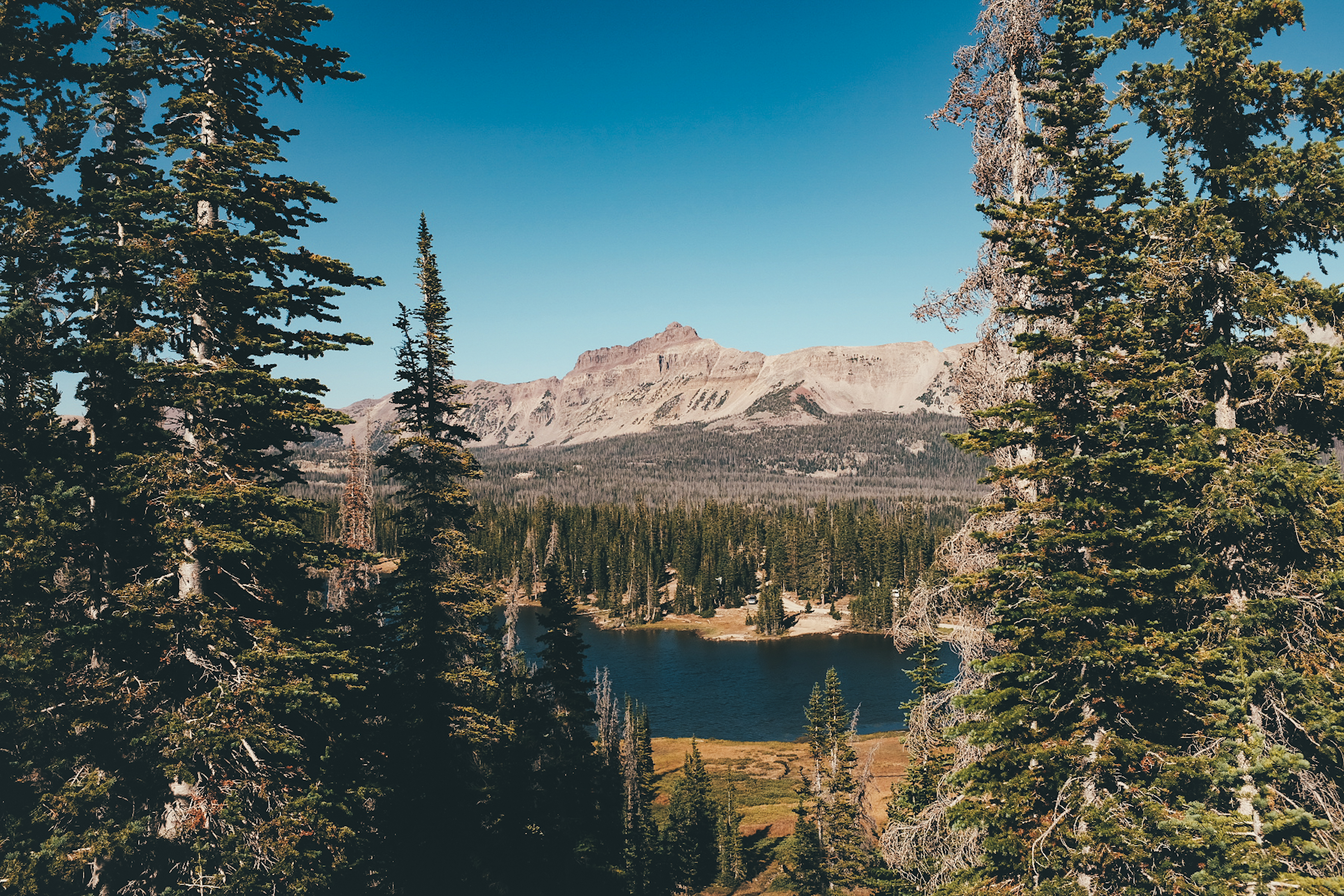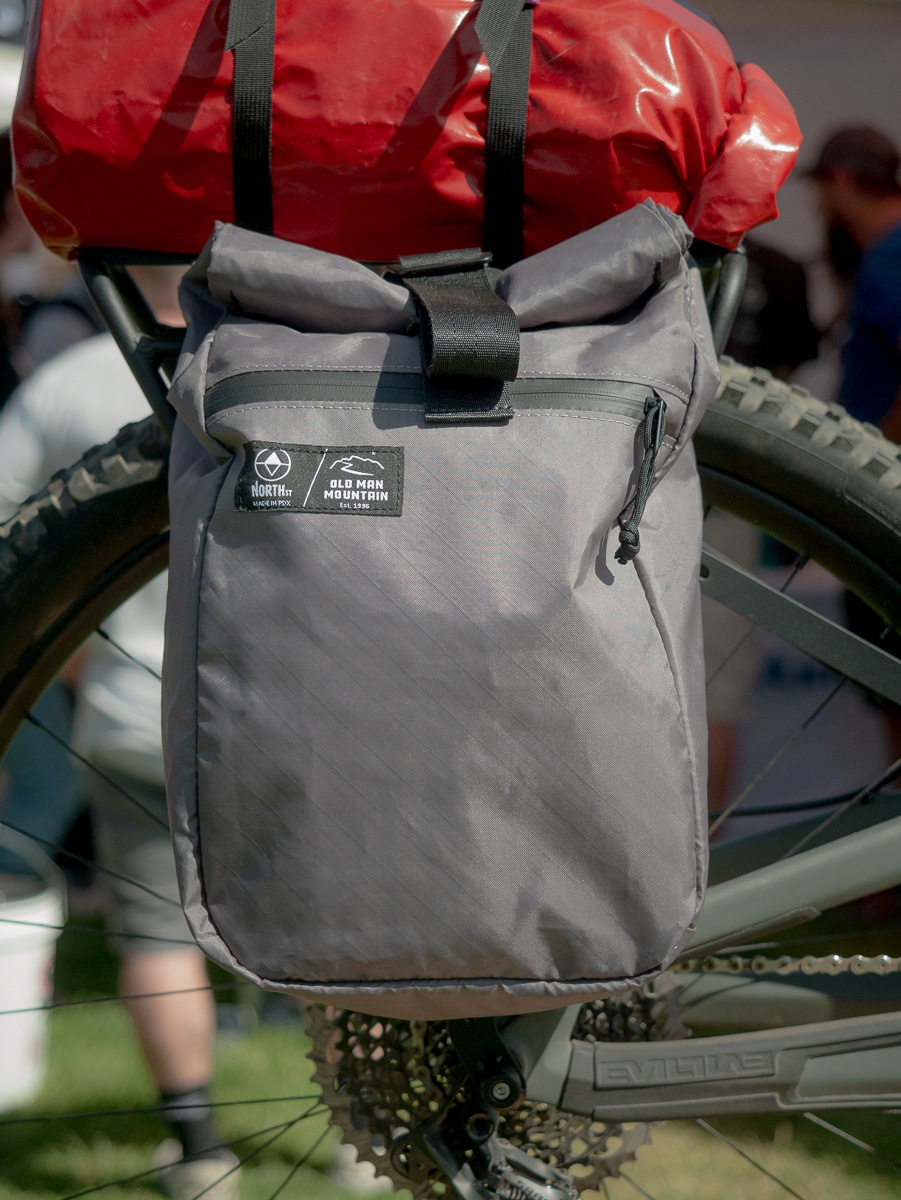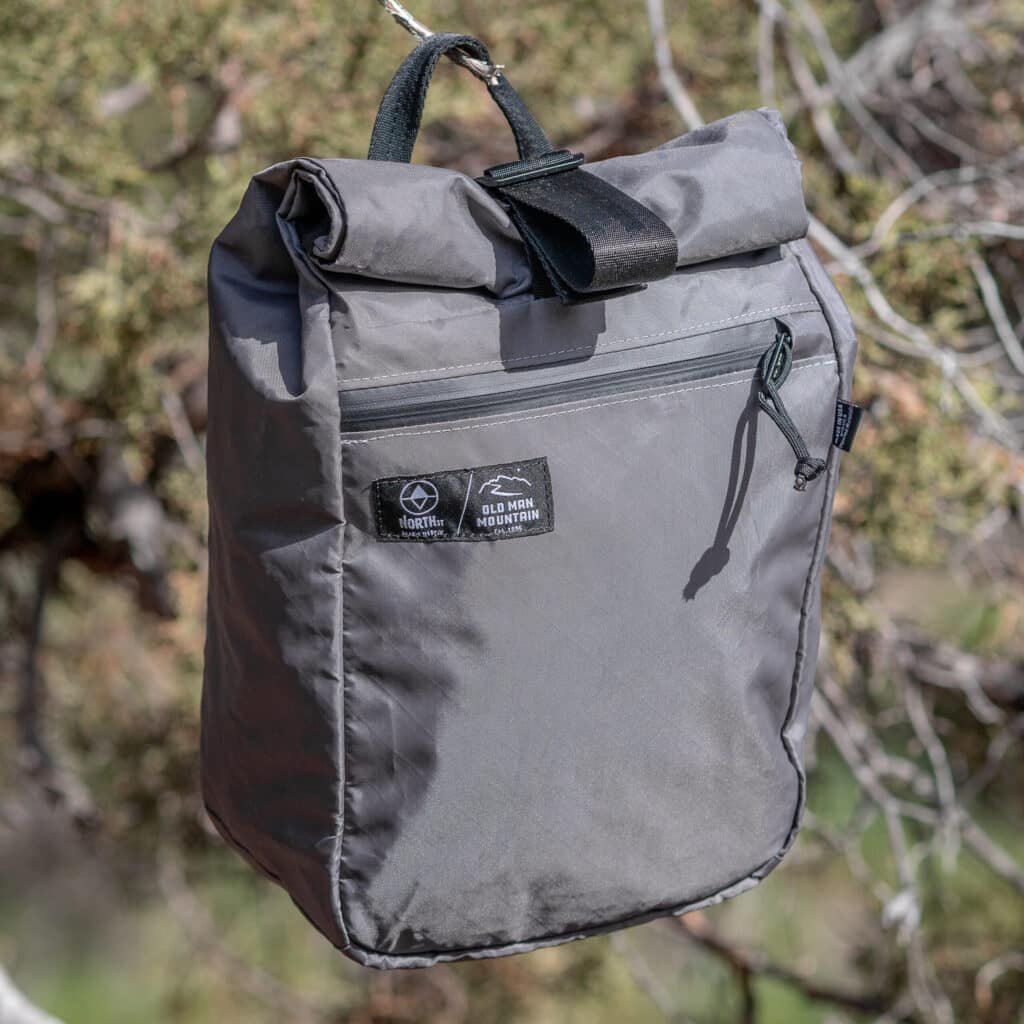Updated: 12th November 2023
Bikepacking, often likened to bike touring, is fundamentally about exploring on two wheels. Yet, it’s distinguished by its minimalist approach, emphasizing less gear for a lighter setup. This need for efficiency has given rise to ‘bikepacking panniers’—compact versions of traditional road touring panniers, sometimes referred to as micro, mini, nano, or small panniers. While bikepacking typically involves streamlined bike bags, there’s a growing trend of creatively integrating larger panniers into setups. This method, known as ‘Tripoding,’ involves combining a standard bikepacking setup with larger front wheel panniers, creating a hybrid that marries the agility of bikepacking with the capacity of road touring. This fusion allows for enhanced maneuverability, particularly in tight spaces, and often results in better balance and control of the bike.
This guide dives into the world of bikepacking panniers, highlighting both compact options and larger panniers that are favored by enthusiasts. Whether you’re navigating narrow single tracks, rugged off-road trails, or open roads, choosing the right panniers is crucial. Micro panniers excel in off-road conditions, providing extra storage without sacrificing ride quality. Larger panniers can also be viable, but be prepared for some tight squeezes on more challenging trails.
Bikepacking panniers are designed to offer that essential extra space for longer, more remote trips where you might need to carry several days’ worth of supplies. Weight remains a key consideration in bikepacking, as the goal is to keep the ride light. Equally important is finding the right balance between capacity and size—ensuring your panniers are spacious enough for your needs, yet compact enough to handle tight trails with ease.
Let’s explore these panniers in more detail. Here’s a comprehensive list of bikepacking pannier options to consider for your next adventure, when you need that little bit of extra gear capacity.
Bikepacking often conjures images of sleek, minimalist setups with specialized bikepacking bags. However, the question arises: can traditional panniers fit into this world of off-road, lightweight travel? The answer is nuanced, depending on several factors, including the type of trip, terrain, and personal preferences.
Advantages of Using Panniers for Bikepacking
- Increased Storage: Panniers offer more room for gear, which is advantageous for longer trips or when needing to carry substantial supplies.
- Ease of Access: Compared to bikepacking bags, panniers often provide easier access to your items, making them convenient for items you need to reach frequently.
- Weight Distribution: Properly used, panniers can help evenly distribute weight. This is particularly true with front panniers, which can aid in balancing the bike.
Considerations When Using Panniers for Bikepacking
- Bulk and Maneuverability: Panniers can make your bike bulkier, which might be a concern on narrow or technical trails.
- Weight Concerns: Panniers are typically heavier than bikepacking bags, and when fully loaded, this can add significant weight, potentially slowing you down.
- Aerodynamics: Panniers are less aerodynamic than bikepacking bags, which might be a factor if you’re pedaling in windy conditions.
- Off-Road Suitability: In rough terrains, panniers might affect the bike’s balance and handling, making it more challenging to navigate obstacles.
Tips for Opting for Panniers in Bikepacking
- Size Matters: Choose smaller panniers (often labeled as ‘micro panniers’) to reduce bulk and maintain agility.
- Balance Your Load: Ensure weight is evenly distributed between panniers to maintain good bike handling.
- Pack Light: Even with the added space, prioritize lightweight gear to keep the overall weight manageable.
- Assess the Terrain: For smoother trails or roads, panniers can be an excellent choice. For technical singletrack or uneven terrain, consider more compact bikepacking bags.
Why do bikepackers not use panniers?
Bikepackers often choose not to use traditional panniers for several key reasons:
- Weight and Bulkiness: Traditional panniers are usually heavier and bulkier compared to specialized bikepacking bags. Bikepacking often involves off-road trails where extra weight and bulk can hinder maneuverability and increase physical exertion.
- Aerodynamics and Handling: Panniers can affect the aerodynamics of the bike, especially in windy conditions. They can also alter the bike’s handling characteristics, making it less agile and more challenging to navigate through tight trails or technical terrain.
- Compatibility with Off-Road Terrain: The design of panniers, particularly large ones, may not be well-suited for the narrow single-track trails and rough terrain commonly encountered in bikepacking. They can snag on branches, rocks, or other obstacles, and can unbalance the bike.
- Simplicity and Minimalism: Bikepacking ethos often leans towards minimalism and carrying only what is necessary. Traditional panniers encourage carrying more gear, which can be contrary to this minimalist approach.
- Impact on the Bike’s Performance: Panniers can change the weight distribution on the bike, potentially impacting its performance, especially on climbs and descents common in bikepacking routes.
- Durability and Exposure: In rugged off-road conditions, panniers can be more exposed to damage from terrain or weather. Bikepacking bags are often designed with more rugged, weather-resistant materials suitable for harsher conditions.
- Streamlining: Bikepacking bags are designed to fit the frame of a bicycle more snugly, reducing drag and making for a more streamlined setup, which is beneficial for both speed and energy efficiency.
While these are common reasons, it’s important to note that some bikepackers do use panniers, especially those who prioritize storage capacity or are traveling on routes that are less technical and don’t require a high degree of maneuverability. The choice between panniers and bikepacking bags often comes down to the specific needs and preferences of the bikepacker, as well as the nature of the terrain they plan to traverse.
Best Bikepacking Panniers and Mini (Micro) Panniers
These bikepacking panniers strike an ideal balance between portability and storage capacity. They offer a versatile solution to enhance your bikepacking gear setup, ensuring you don’t have to sacrifice maneuverability on challenging routes for extra storage space
Ortlieb Gravel-Pack Panniers


Best Gravel bikepacking panniers
The Ortlieb Gravel-Pack panniers are an essential companion for avid bikepackers embarking on multi-day tours or engaging in self-supported races. With a generous combined capacity of 25 liters, they are perfectly designed to carry additional gear like mess kits, food, and other essentials that add comfort to your journey.
Crafted from lightweight and durable polyurethane-coated ripstop nylon, these panniers are built to withstand challenging weather conditions while being environmentally friendly, as they are PVC-free. Their waterproof design, featuring a secure roll-top closure, ensures your belongings remain dry and safe. Each pannier can carry up to 19.8 lbs (9kg), making them suitable for a significant amount of gear.
The panniers come equipped with the QL2.1 system, compatible with racks up to 16 mm in diameter. This system includes an additional mounting hook, providing extra security for your gear. The top QL hooks and lower sliding hook are easily adjustable and require no tools, simplifying the mounting process.
Designed for off-road agility, mounting these panniers on your lowrider bike rack helps maintain a low center of gravity, ensuring stability even with extra loads. Their symmetrical shape allows for use on either side of the bike, eliminating any confusion about placement.
For added safety, the panniers feature highly reflective 3M™ Scotchlite™ reflectors, enhancing visibility in low-light conditions. To achieve optimal water and dust resistance, the roll-top lid must be rolled 3–4 times, meeting the standard IP64 rating for dustproofing and splash water protection.
Overall, the Ortlieb Gravel-Pack panniers are a reliable choice for bikepackers who value durability, security, and ease of use, without compromising on carrying capacity.
Old Man Mountain Micro Panniers

In their continuous quest for the ideal bikepacking gear, OMM experienced a myriad of pannier styles. Their journey led them to collaborating with North St. Bags, known for their quality craftsmanship, to create a specialized version of their Micro Pannier, tailored for the rigors of bikepacking.
This enhanced version of North St. Bags’ Micro Pannier retains the exceptional features of the original while introducing modifications for increased durability and functionality in off-road conditions.
I have had the great pleasure to collaborate with OMM and talk gear. And I love how committed they are to making the best quality products for our bikepacking community.

Key Modifications for Superior Performance:
- Velcro Straps for Secure Attachment: We’ve replaced the standard hook attachments with two robust Velcro straps. While these may take a tad longer to attach or detach compared to hooks, their durability and reliability in rugged terrain are unmatched.
- Lower Attachment – Designed for Ruggedness: In line with our commitment to durability, the lower hook has been substituted with a 1-inch webbing band and a micro Voile strap. This choice ensures a steadfast hold, essential for challenging trails.
- Aluminum Hook for Easy Handling: The plastic buckle on the strap has been upgraded to an aluminum hook. This material choice makes the buckle virtually indestructible against natural elements like rocks and trees. Additionally, its design facilitates one-handed operation, a boon for on-the-go adjustments.
Product Specifications:
- Capacity: 14 Litres per bag
- Material: Crafted from recycled EcoPak material
- External Pocket: Features a zippered pocket
- Main Compartment: Secured with a roll-top enclosure
- Upper Attachments: Velcro points for secure fitting
- Lower Attachment: Includes a Micro Voile strap
- Buckle: Rugged and lightweight aluminum
- Overall Build: Lightweight design
